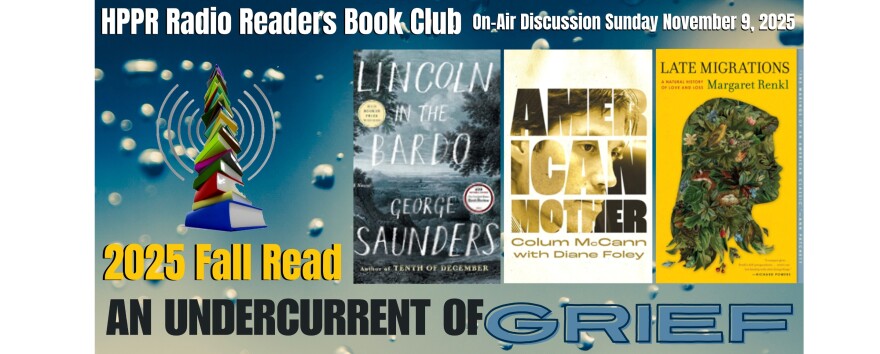I’m Jarrett Kaufman for HPPR.
The book in review is Lucas Bessire’s, Running Out: In Search of Water on the High Plains. The book was published in 2021 and garnered numerous honors, including the George Perkins Marsh Prize and the Bonney MacDonald Outstanding Western Book Award.
Bessire, an anthropologist, returns to his native West Kansas, to better understand the depletion of the Ogallala Aquifer, a vast and ancient water system that has for centuries been pumped for its water, transforming the Great Plains into a livable and profitable region.
He notes, “The aquifer, however, has long been unable to keep up with the demands, as most areas recharge far more slowly than the water is pumped out.”
Bessire reconnects with his estranged father, a former irrigation farmer, and learns the extent of his family’s part in exploiting the aquifer over many years. He, like his father, however, is proud that, groundwater runs through his “family like blood,” a sentiment held by most West Kansans.
The book details Bessire and his father traveling the region to talk about the underground water crisis with farmers, business owners, and government officials. He comes to understand that local irrigation practices, specious government policies, and the region’s unique customs converge into what he calls, “a social psychology particular to this area,” that further complicates finding a solution to the aquafer’s ongoing depletion.
This regional mindset has led to “community values entangled in a destructive system. Agriculture reliant on short-term extraction and toxic chemicals. Depletion justified in the name of illusory and absentee profit. Water governance alighted with corporate interests. Good people giving up and joining in. Neighbor pitted against neighbor, generation against generation.”
He and his father attend a Groundwater Management District meeting, a governing body where most of its members have agribusiness affiliations. The board’s only offered solution to the crisis is “managed depletion,” where unsustainable irrigation practices are deemed necessary for economic growth. Bessire discovers that 60% of farmland in west Kanas is owned by non-resident, large conglomerate entities. In the book, he includes research conducted by Karen Dillon, an investigative report, who compiled a list of water users from 2005 to 2017.
She finds, “The top 2% of water users consumed 22% of the groundwater that was pumped statewide. Moreover, she found that the top users of the aquifer were agribusiness corporations and the tenant farmers who leased their land or farmed for shares.“
Bessire compares the “managed” acquirer depletion to the government sanctioned ecocide of Bison after the Civil War. He says that many irrigation farmers like many buffalo hunters used the bottom to justify their reckless acts. Bessire cites that in west Kansas alone, “Over a single three-year period between 1871 and 1874, between three and seven million bison were killed. By the autumn of 1874, after just two full seasons, bison were almost gone.”
These disturbing similarities reveal a dark truth about humans. We are a destructive kind capable of incomprehensible violence against each other, against animals, and against the natural world.
Stanford University and West Texas A&M University research projects the Ogallala will be unable to support irrigated crop production within 80 years. Other studies project the aquifer will be 70% depleted within 50 years, causing a 20-billion-dollar loss in food production.
Bessire says, “Many of us deny our role in a social collective and refuse to privilege wider well-being over our own private gain.”
If the Ogallala can be saved, we will need to act beyond our immediate self-interests so that the future of our children and our children’s children can be secured.
But is that possible? Are we capable of this? History, sadly, hasn’t shown that we are.
I’m Jarrett Kaufman for HPPR.










